Kiln to make Biochar
Using this special kiln, you can make your own biochar. There is no better...

Biochar has a porous structure and functions as a water and nutrient storage. A very easy way to enhance your soil, save water and boost your harvest. In our tests in Ghana, we showed an increase in crop yield of over 400%.
| Done in | 14 days |
|---|---|
| Skill level | basic |

Published under CC:BY-NC-SA by
Char2CoolYou decide the amount. You have to take as much manure as biochar.

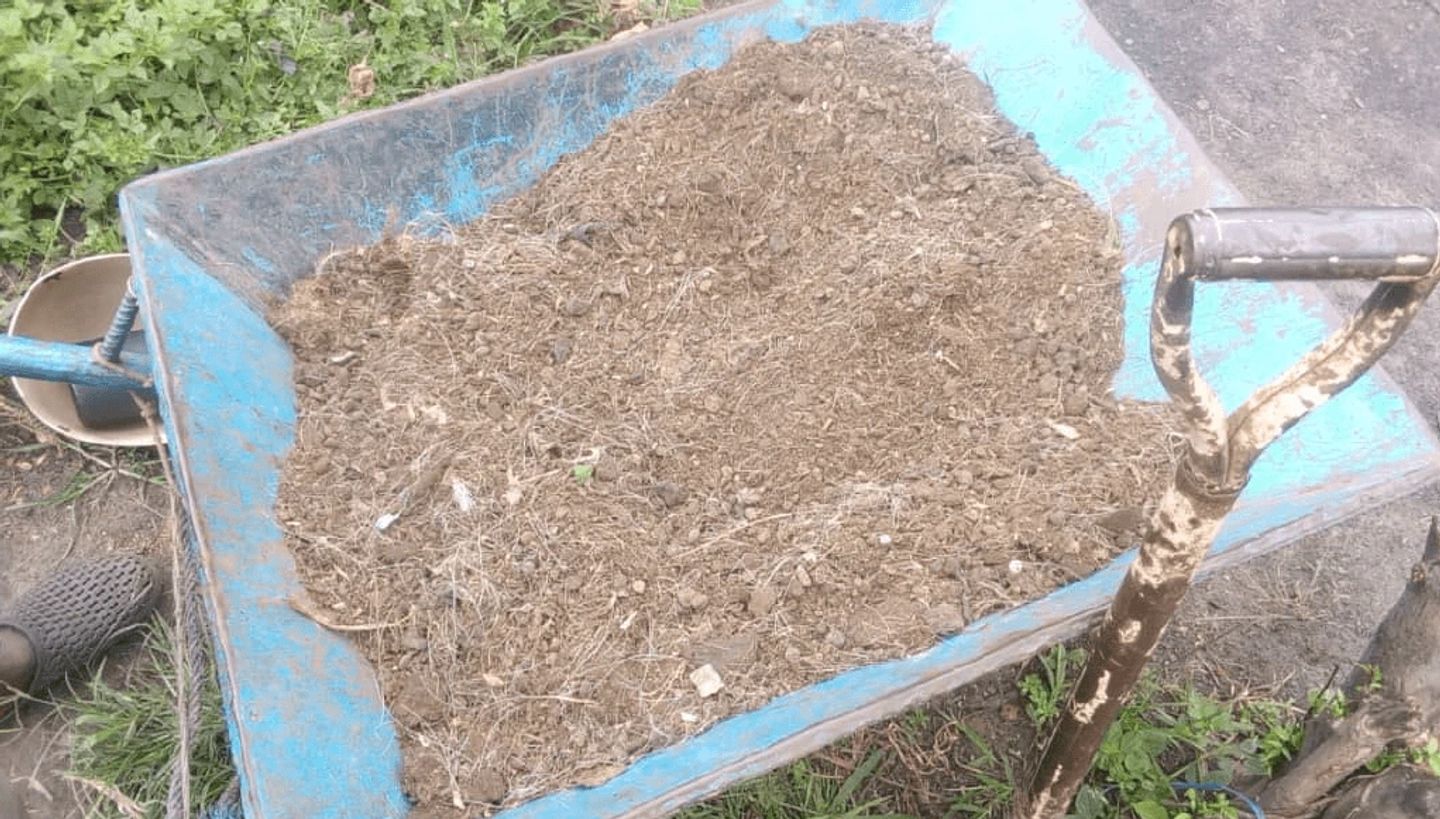
At first it is necessary to charge the biochar before applying it to the soil. Add nutrients e.g. chicken droppings. Examples are fresh or matured manure (from any livestock) and compost. You can also mix them. Pile up your biochar and add water until it leaks out. Mix in your solid nutrient source in a ratio around 1:1.
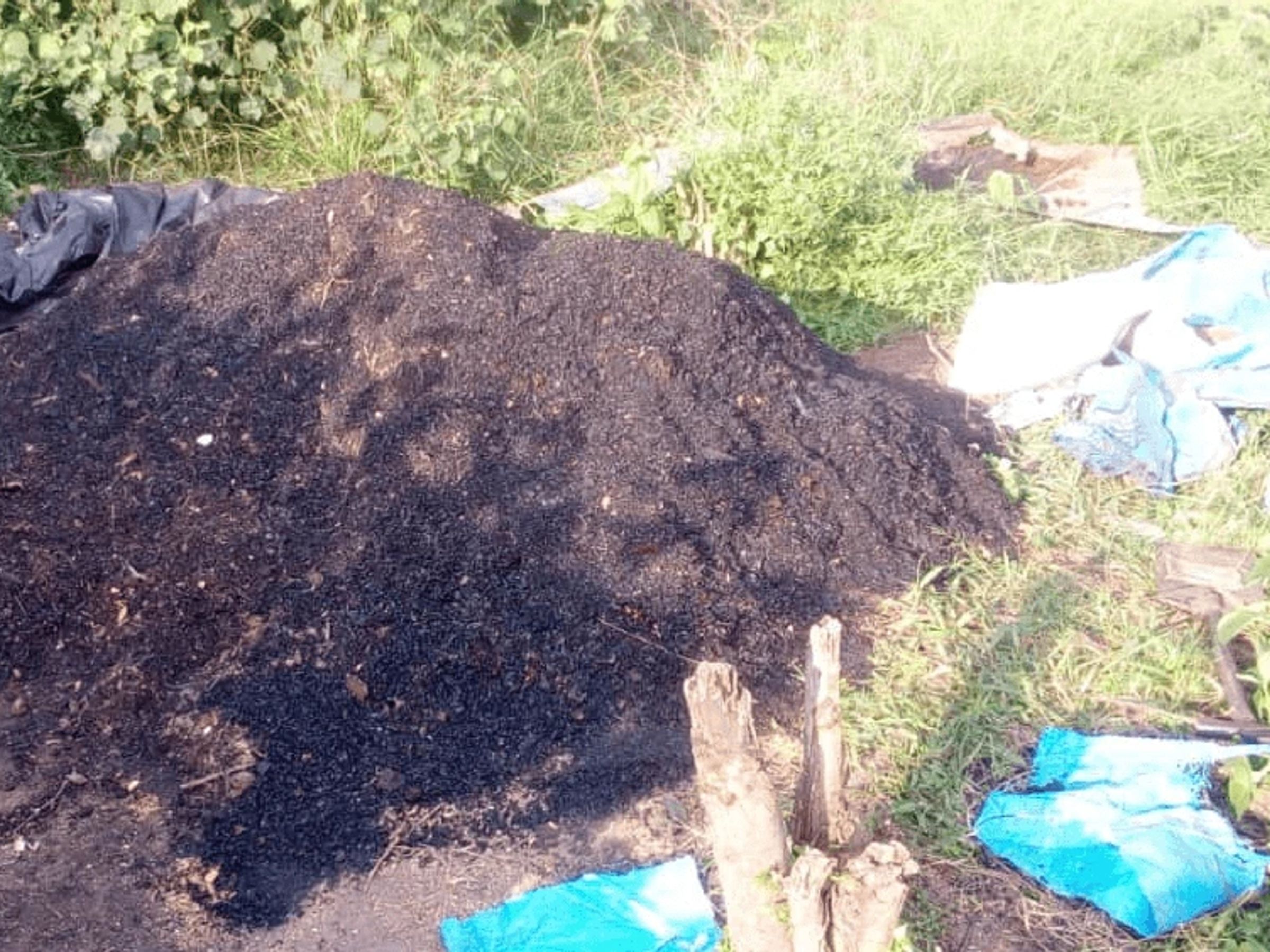

Charged biochar can be stored. Keep it moist and in contact with air so the microbes stay alive.
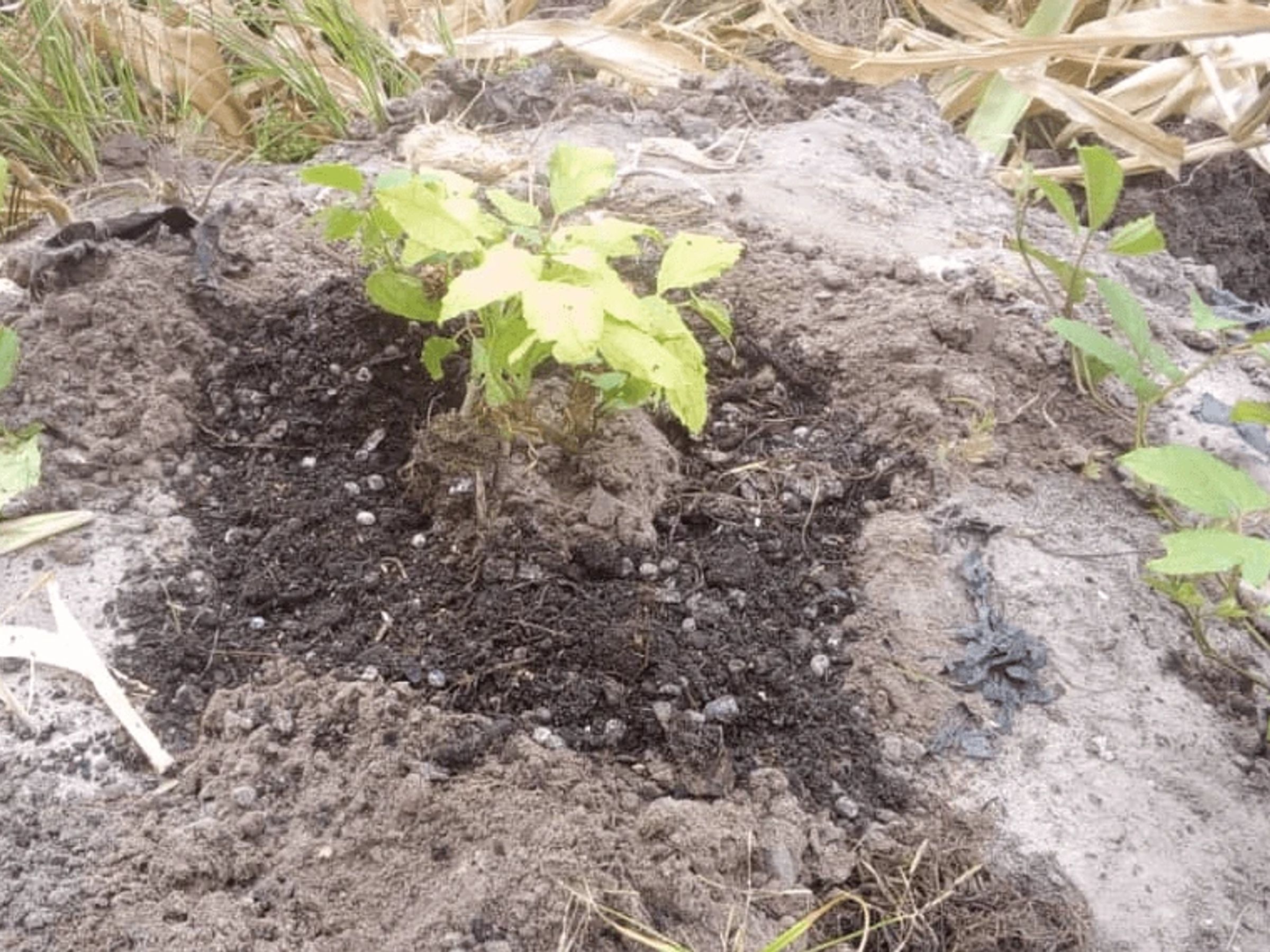
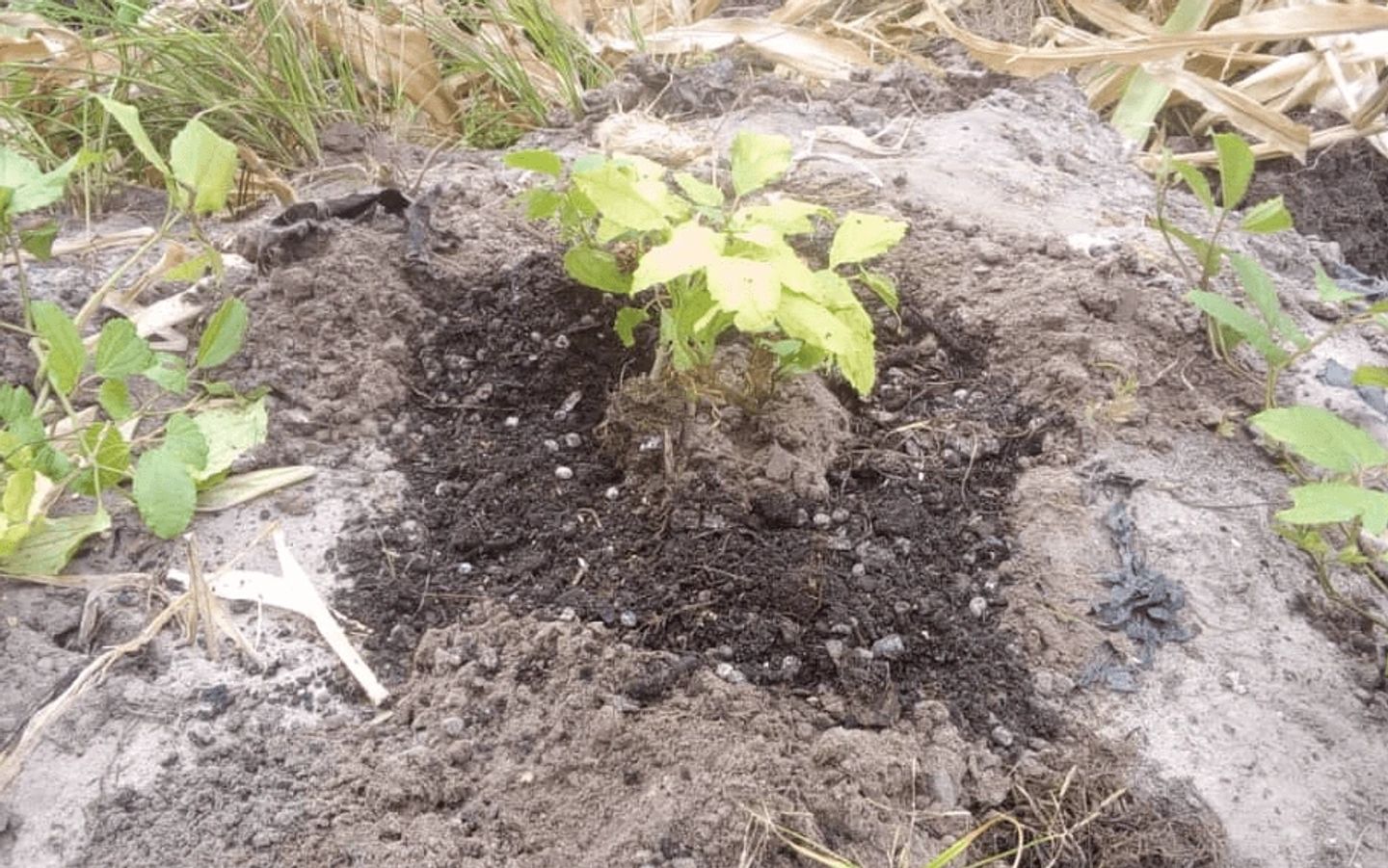
Root zone application needs the least biochar per area. The roots have immediate access. Because the biochar is not distributed evenly, it has to be reapplied the next year for the same results.
Root zone application is great for all plants. Especially for deep rooting ones like tomatoes or squash.
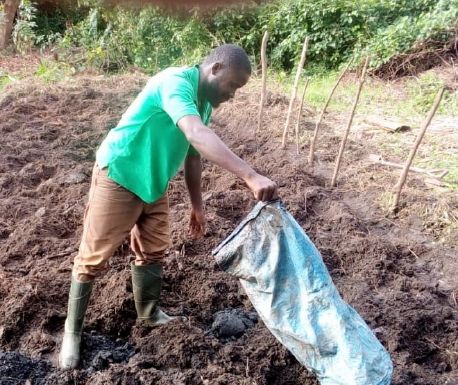
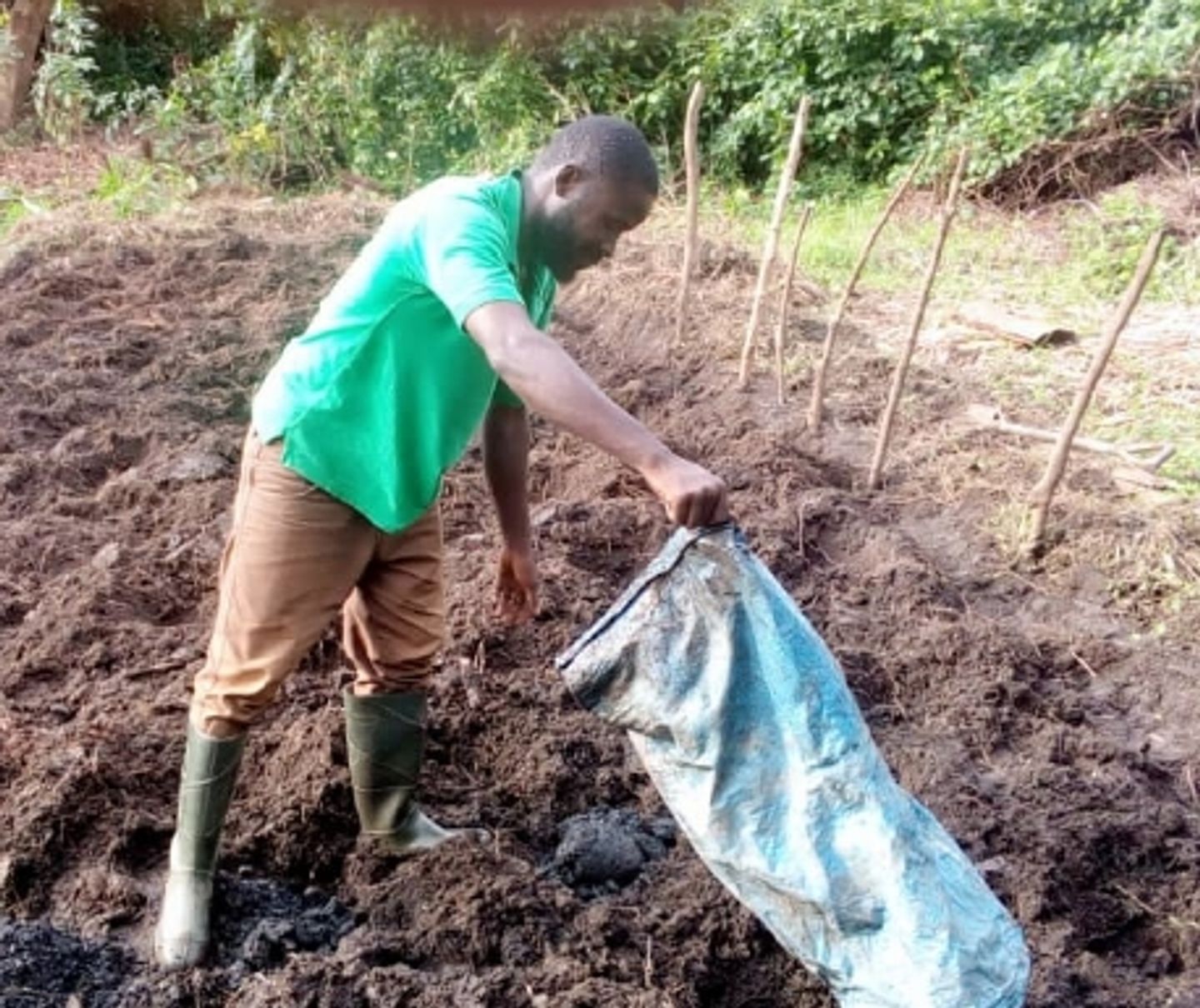
Incorporate (by tilling or plowing) the biochar into the topsoil as deep as the roots will be (-20 cm). This application is great if all of your soil needs structural improvements (sandy soil or clay soil).
For potted plants and nursery trays you can mix biochar and soil 1:10. You can always reapply to get a stronger result.
If you missed adding biochar during the planting, you can use this method to apply biochar to perennial plants.
For bushes and vines (e.g. grapes or tea) you can also dig straight trenches between your plants. The roots will grow towards the biochar.
Apply the biochar at the base of your plants or over the whole area. Combine the biochar with mulch or compost to prevent it from running off with rain water or being blown away. This type of application might not show results right away. Biochar is most effective at the roots of plants. It will take time for worms and microbes to fully incorporate the biocar. This is a great solution for no till systems.

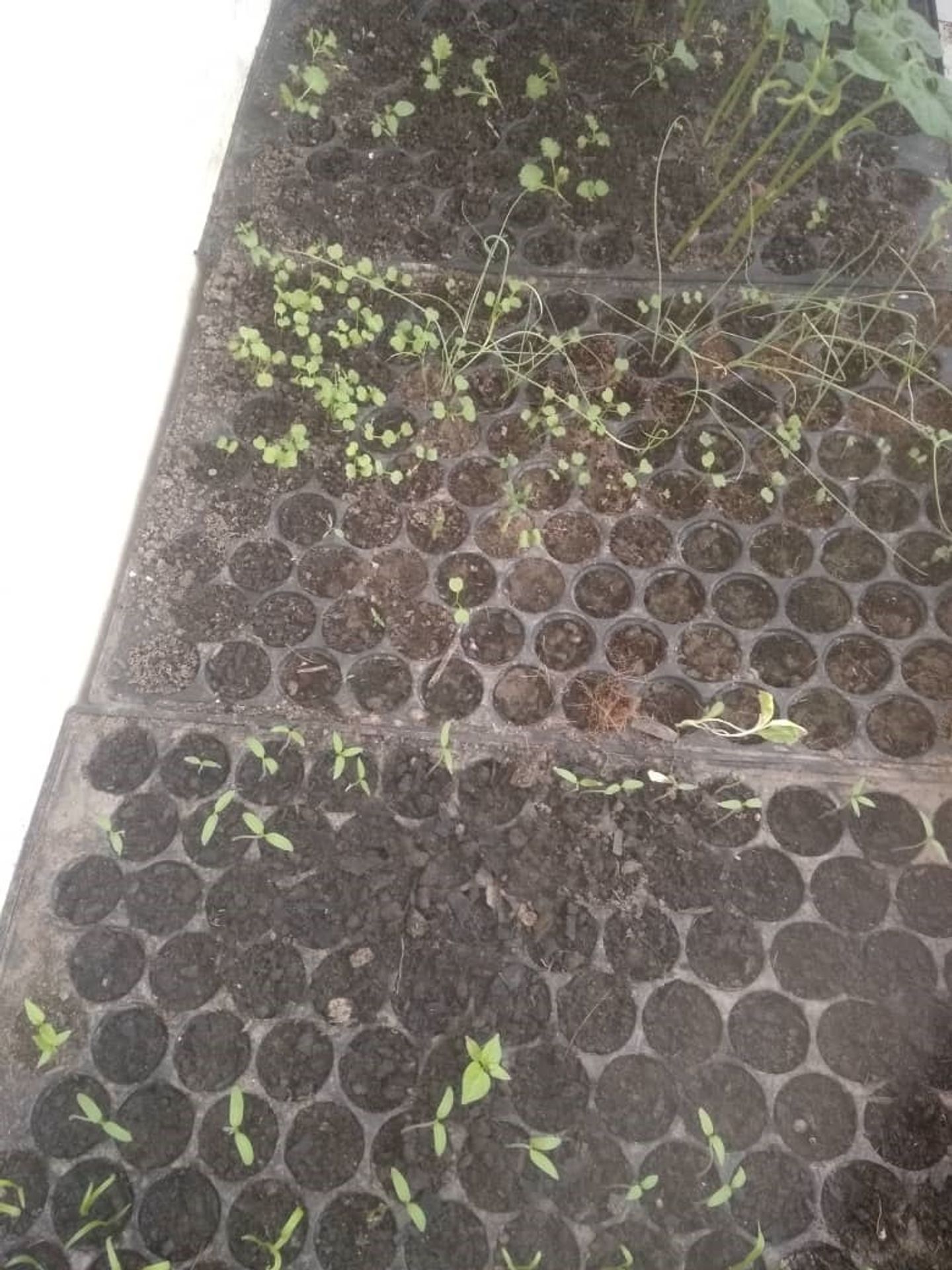
Using this special kiln, you can make your own biochar. There is no better...

The perfect organic fertilizer.
Yes, the name of this hack already sounds very difficult. But effective...

Divide your room and store your clothes
This piece of furniture creates more privacy in your home. Additionally,...
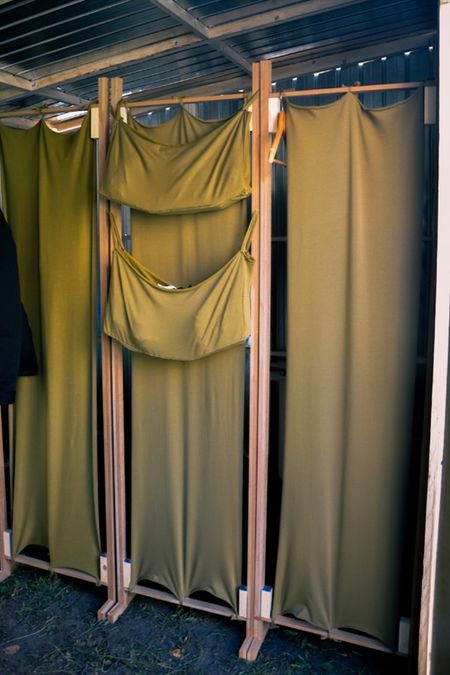
Get rid of rats in your home
Do you also have a rat problem at home? Rats are famous for stealing food,...
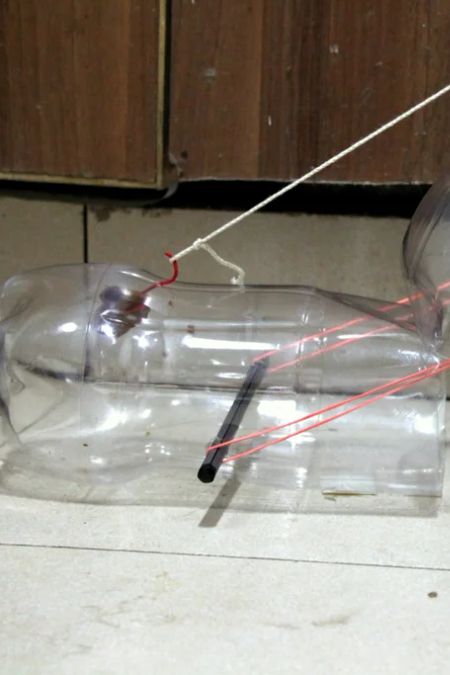

On dooiy you find fun and easy hacks that make life easier. Just follow our simple step-by-step guides and create something for your home or community with little materials and tools. Want to start a business? dooiy might be the perfect starting point for you.

from dooiy
You don‘ t have to be an expert to start making with dooiy. Just choose an easy hack and get going. After you made a few, I am sure that you will come up with your own ideas.
dooiy is being developed by passionate people in Germany and South Africa.

To fulfil our vision, we are looking for partners, volunteers, donors and people who spread the word.
Learn moreand become a partner
